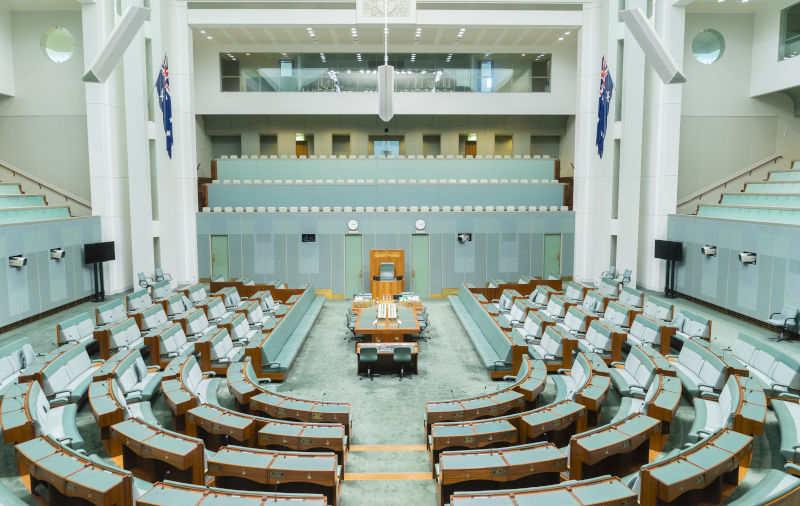Behind closed doors: deciding which parliamentarians get what
November 13, 2022
How many staff should parliamentarians have? It depends whether they hold the balance of power.
Figures tabled at Senate Estimatesby the Finance Departmentconfirm the arbitrary nature of the decision of the Albanese Government to cut the staff entitlement of cross-benchers in the federal parliament.
As of 1 October, the number of personal employees in the government pool remains at 472, the Opposition number remains at 102 and The Australian Greens at 18 (plus one additional assistant adviser for Senator Steele John for the duration of the Disability Royal Commission).
It is only the cross-benchers who have had their personal employees cut, meaning it is not part of a general belt-tightening exercise.Nor is it a matter of fairness between crossbenchers and government and opposition backbenchers.
As in the past, the allocation to crossbenchers of parliamentary staff is determined by their potential balance-of-power status. It is bargaining power rather than parliamentary function that determines staffing allocation and it hasfluctuated accordingly. Absent bargaining power, pleas over the difficulty of dealing with the full range of legislative proposals without parliamentary party resources have fallen on deaf ears.
In 2010 crossbenchers holding the balance of power in the House of Representatives negotiated for two additional parliamentary staff while crossbenchers in the Senate were allocated only one. In 2013 this ratio was reversed when crossbenchers no longer held the balance of power in the lower house.
In 2016 when the Turnbull Government was returned with the slimmest of majorities, the allocation of additional staff to crossbenchers in both houses was increased to three, while the Morrison Government increased it again to four.
After its electoral victory the Albanese Government reduced the number of advisers for crossbenchers in both Houses. The number of advisers for Senators representing Pauline Hansons One Nation, the United Australia Party and David Pocock was reduced from four to two.
In the House of Representatives, returning cross-benchers Helen Haines, Bob Katter and Rebekha Sharkie were allocated two staff but Andrew Wilkie only one, plus an Assistant Adviser for 18 months.The new Independents were allocated only one adviser each. This reduction clearly relates to loss of potential balance of power status, rather than having anything to do with the resources needed to carry out legislative and deliberative functions. The entitlement of four electorate staff for each MP remains the same.
The fact that the Prime Minister currently has power to determine the number of staff for members of parliament (and not just for ministers) is anomalous compared with other democratic countries and the states. The Members of Parliament (Staff) Act gives the Prime Minister the discretionary power to determine the allocation of MOP(S) staff.
Elsewhere an independent body such as a remuneration tribunal is used to allocate staff on the basis of need rather than negotiating power. The recentreview of the MOP(S) Act failed to grapple with this anomaly, although recommending that principles informing staff allocations be considered.
The allocation of parliamentary staff should be within thepurview of parliamentrather than the Prime Minister. It should be transparent and consistent, reflecting what is required for legislative and representative roles rather than bargaining power. None of this is true at present.

